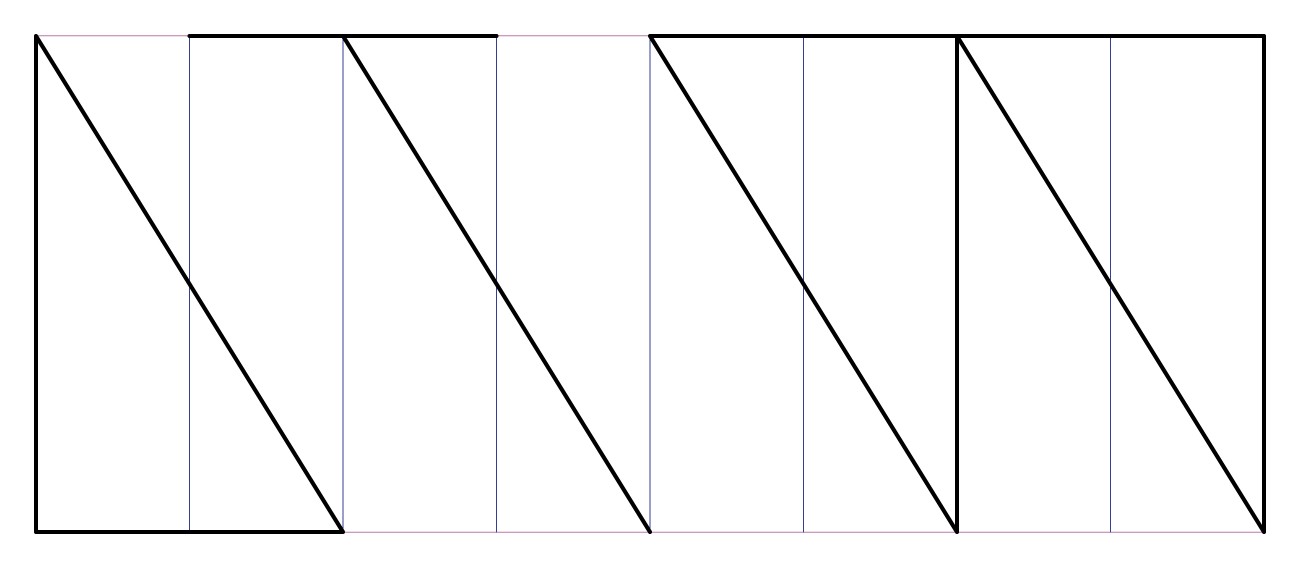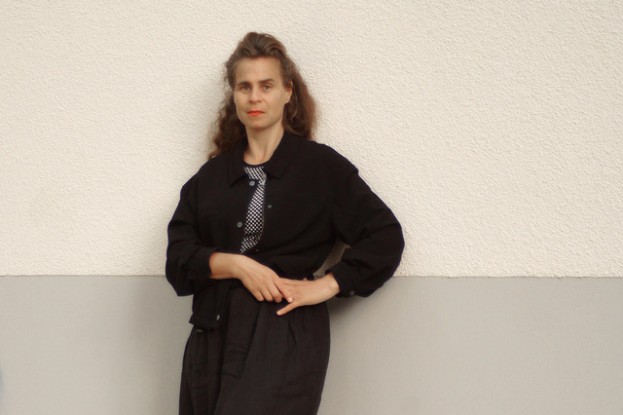Erased Heritage of the Golden Horde: Forgetting and Remembering in Russian/Soviet Historiography
Presentation at the Biennial Symposium 2021
Between the mid-13th and the early 15th cent., the rulers of the Golden Horde built numerous administrative, trade, and religious centers in the Volga Region and in the steppes north and east of the Black Sea. Substantially weakened during Tokhatmysh–Timur War (1386–1395), the Golden Horde fragmented and in the 16th century, its successor states where overtaken by the rising Great Principality of Moscow, which at the beginning of the 18th century evolved into the Russian Empire. With new the territories and people, Moscow acquired numerous architectural monuments, both secular and religious. The obvious Islamic connotations of the Golden Horde architectural morphologies and the memories of the Tatar domination over the East Slavic principalities resulted in either abandonment or complete rebuilding of all Golden Horde urban centers. Occasional steps to conserve the last standing structures (as in the case of Peter the Great initiative to preserve the ruins of Bolghar in the early 18th century) were dwarfed by state sanctioned destruction, which by the end of the 19th century purged most of the Golden Horde heritage from the landscapes of the East European Plain. Dr. Igor Demchenko‘s presentation explored the practices of forgetting and remembering the architectural heritage of the Golden Horde in Russian and the Soviet historiography and conclude with reflection upon the scope and scale of erasure still unacknowledged by the historians of Islamic art.
For more information on the symposium, visit the Historians of Islamic Art Association (HIAA) website and the University of Michigan website.




